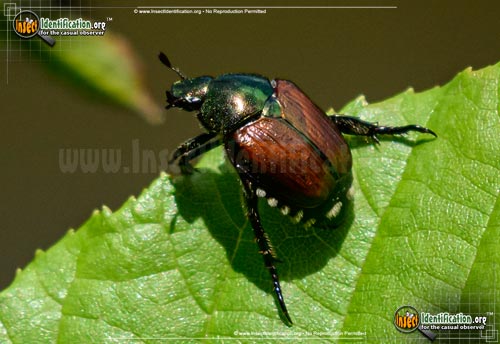japanese beetle life cycle wisconsin
Japanese Beetle Wisconsin Vegetable Entomology All MayJune beetles in Wisconsin have three-year life cycles except for the widely distributed Phyllophaga tristis which has a two-year life cycle. When Japanese beetle grubs are sufficiently abundant in turf 100 or more per square yard the grass turns brown and dies.

Controlling The Japanese Beetle Door County Pulse
Studies with Japanese beetles under captivity have shown.

. Japanese beetles JB. There is one generation of. The beetles life cycle takes one year.
Japanese Beetle Life Cycle The Japanese beetle typically has one generation per year. Japanese Beetle Life History Japanese beetle has a one year life cycle. Adult beetles are most active on warm sunny.
The life of adult beetles is relatively short under high temperatures and long under low temperatures Fleming 1972. In early summer as temperatures increase larvae move closer to the soil surface where pupation occurs followed by adult emergence in June. The adult beetles normally emerge during the last week of June through July.
As expected numbers have been. Japanese beetles have only one generation per year. Although this invasive species of insect was identified across many parts of in Wisconsin through the 1990s it was first detected in the state in the 1960s.
The female Japanese Beetle will stop eggs laying around the 60 egg range. During their summer feeding frenzy the female Japanese beetles are also tunneling into the. They chew grass roots causing the turf to brown.
One year is necessary for the completion of the entire life cycle. The adults emerge in mid-summer and especially like the hotter temperatures. Japanese beetle grubs are pests of turfgrass.
The adults are shiny black with white spots about 1 to 15 inches. When the female beetle is laying eggs she will lay 1-5 eggs at a time somewhere between 2-3 inches into the soil. Left panel 2017 right.
We havent had this pest in Wisconsin long enough to fully understand the local life cycle but given the pattern in other states this insect will most likely complete one generation. Japanese Beetles are the number one pest plaguing yards and gardens across Wisconsin right now. Adults typically begin to emerge in late.
While certain methods of managing. Asian longhorned beetles Anoplophora glabripennis belong to a family of beetles that have exceptionally long antennae. This fact sheet on the Japanese beetle considered the single most important turf grass pest in the United States but also very destructive to various plants in the home and.
Adults may begin to emerge from the soil in early June and are usually most abundant in. Japanese beetles typically show up in early July and by the number. Published on July 23 2020 by vkast.
Beetles begin appearing in June with adult activity often peaking in early July. The first beetles out of the ground seek out suitable food plants and begin to feed. Figure 1 started to emerge about 2 weeks ago probably about a week later than in the past couple of years.
The adults emerge from the ground in late June to early July and begin to feed and mate. For more information on Japanese beetle. Japanese beetle life cycle wisconsin Saturday May 14 2022 Adult beetles are most active in the afternoon in full-sun.
Soon after they lay their eggs in surrounding turf areas and this continues until adults die. Our previous results show that they are active in vineyards from the end of June until approximately the third week of September in Wisconsin Fig 2. The life cycle of the Japanese Beetles consists of four stages of development called complete metamorphosis.
See University of Wisconsin Garden Facts. Adult beetles are active during the daytime and can fly an. Japanese beetle life cycle starts as an egg that hatches into a white grub then pupates and emerges as a shiny adult beetle.
Typically Japanese beetles begin to emerge in late June and early July in WI with peak activity for six to eight weeks. Egg Larva Pupa Adult Japanese Beetle Eggs The eggs are white and oval and laid in the soil about 2 to 4 inches down where they can absorb moisture. Japanese beetles feed on the leaves flowers or fruit of more than 300 species of plants.

How To Get Rid Of Japanese Beetles In Your Yard

How To Stop Japanese Beetles From Destroying Your Plants Bushes Trees Japanese Beetles Japanese Beetles Trap Japanese Beetle Control
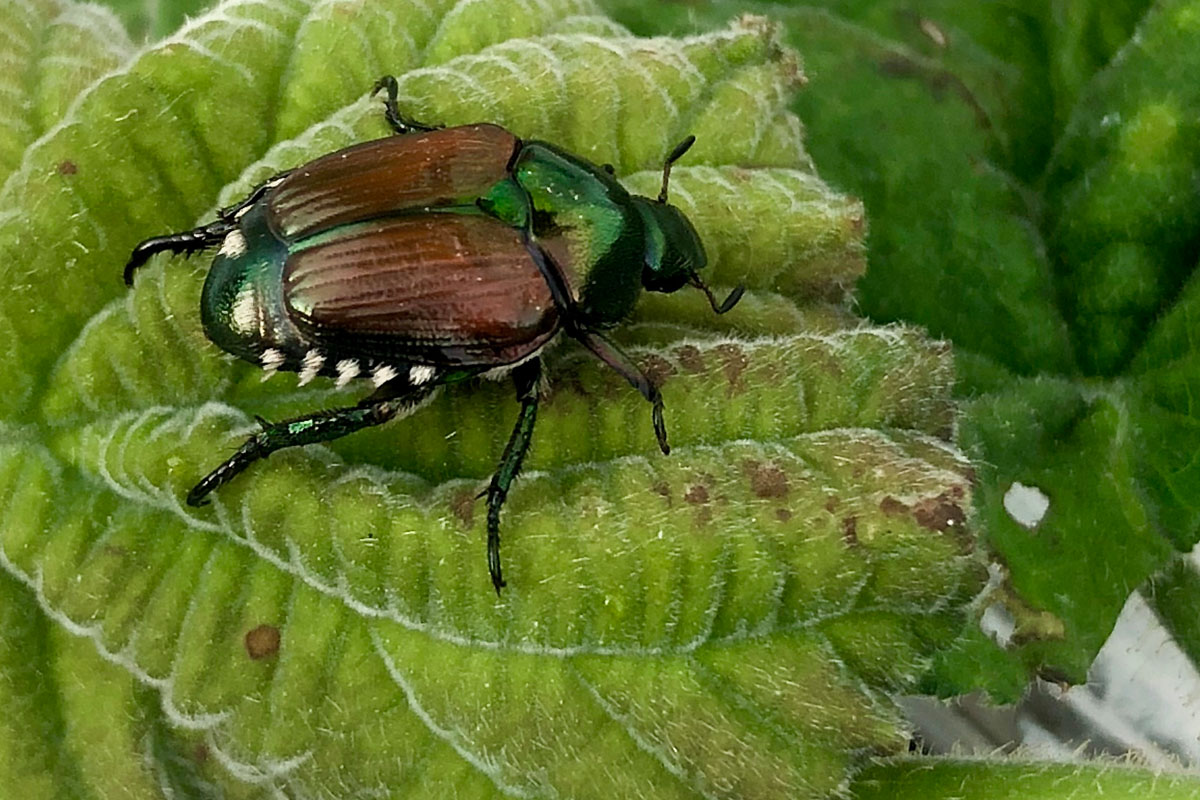
Japanese Beetle Control The Good Earth Garden Center
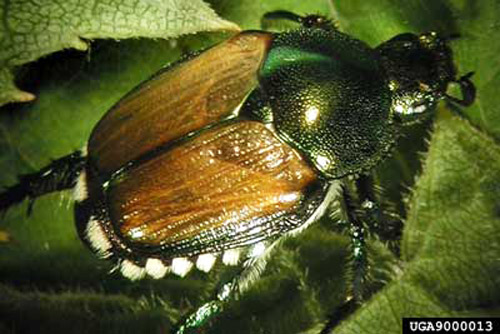
Japanese Beetle Popillia Japonica

Japanese Beetle Wisconsin Vegetable Entomology

Reports Of Japanese Beetles Chewing Through The Landscape Are Up In 2018 And Their Numbers Are Likely To B Japanese Beetles Lake Placid New York Flower Garden
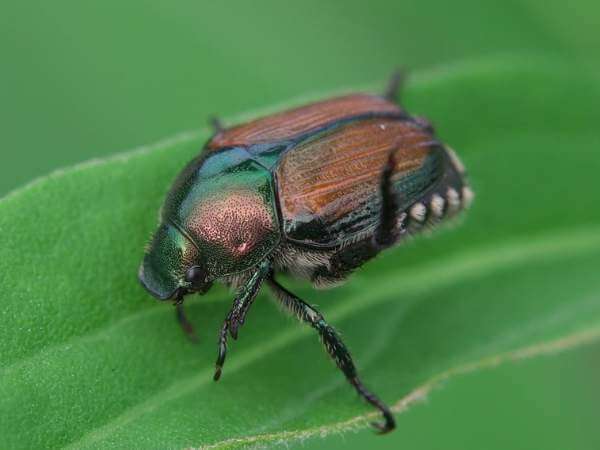
Japanese Beetle Control Get Rid Of Unwanted Pests In Milwaukee

Japanese Beetles 100 Years And Counting Insect Diagnostic Lab
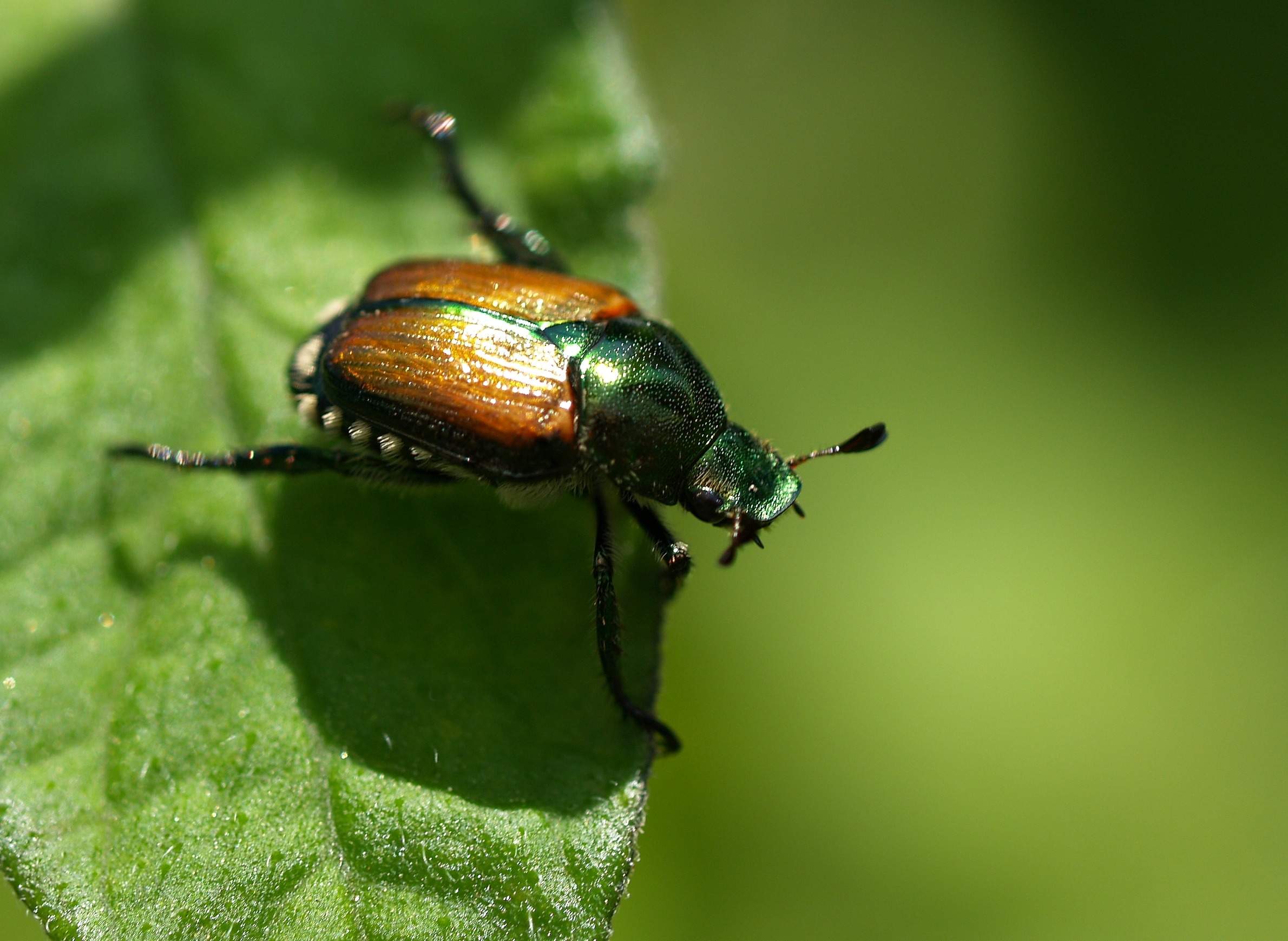
Mild 2015 16 Winter Spurred Japanese Beetle Numbers In Wisconsin Wiscontext
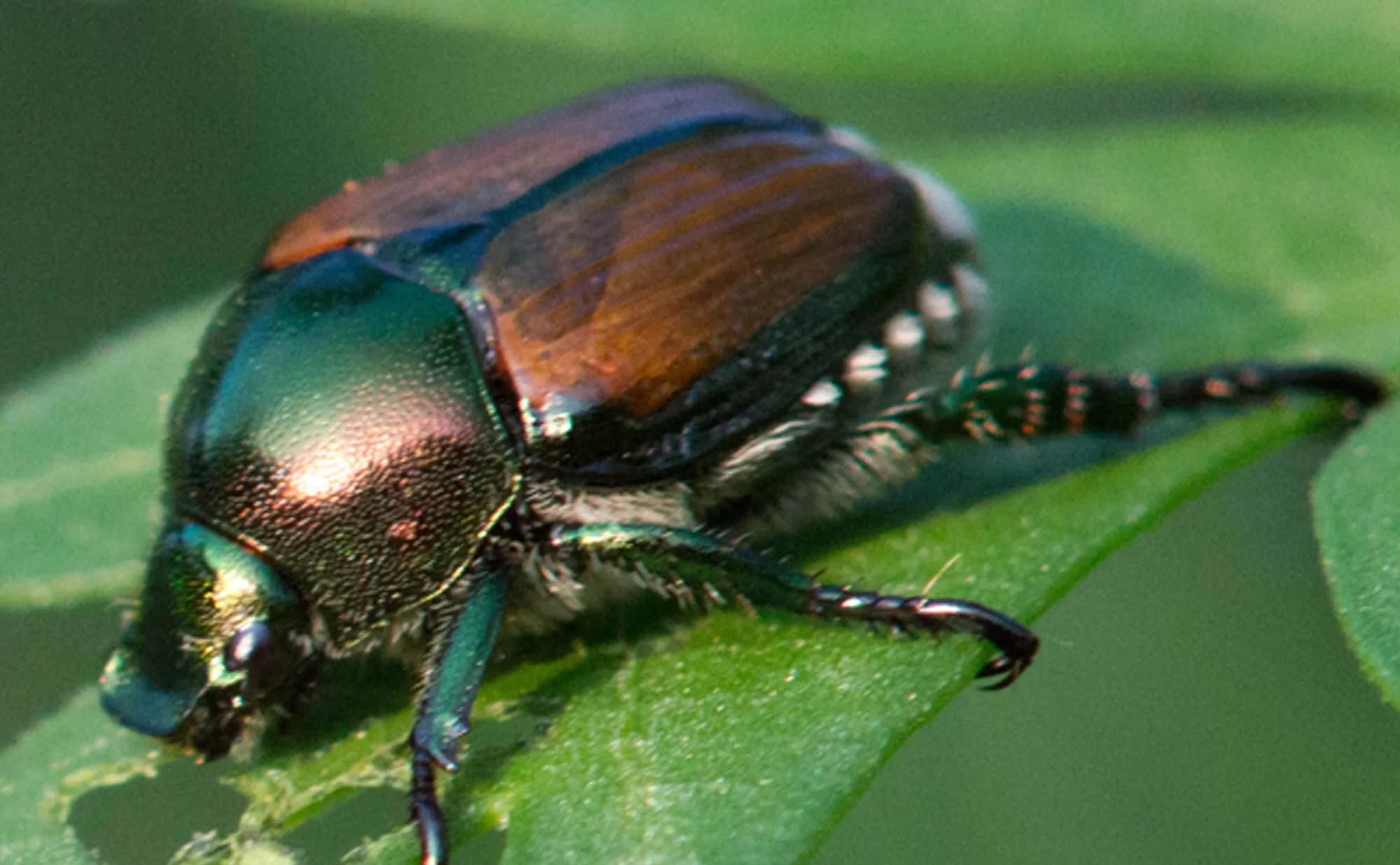
Schedule My Japanese Beetle Treatment Today Rainbow Treecare

Japanese Beetles Japanese Beetles Japanese Beetle Control Beetle

Information On Plants That Deter Japanese Beetles And Plants Japanese Beetles Avoid

Viburnum Leaf Beetle Leaf Beetle Viburnum Viburnum Bush
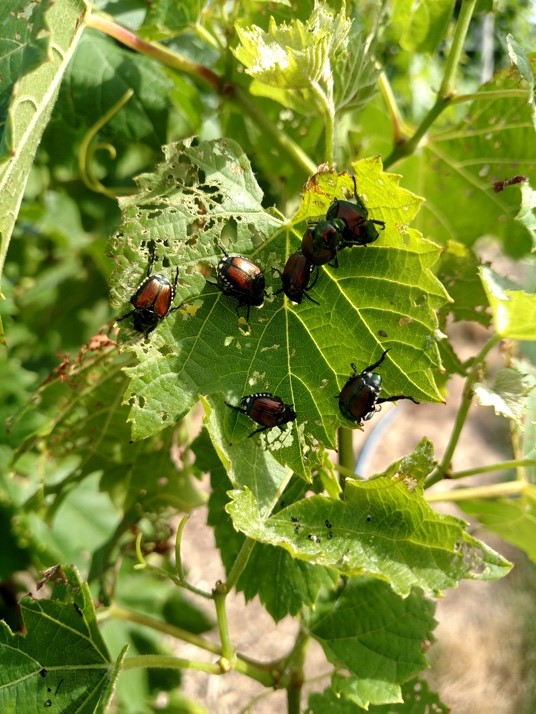
Managing Japanese Beetles In Vineyards Wisconsin Fruit

Japanese Beetle Info For Wi Corn And Soybean Growers Integrated Pest And Crop Management Uw Madison
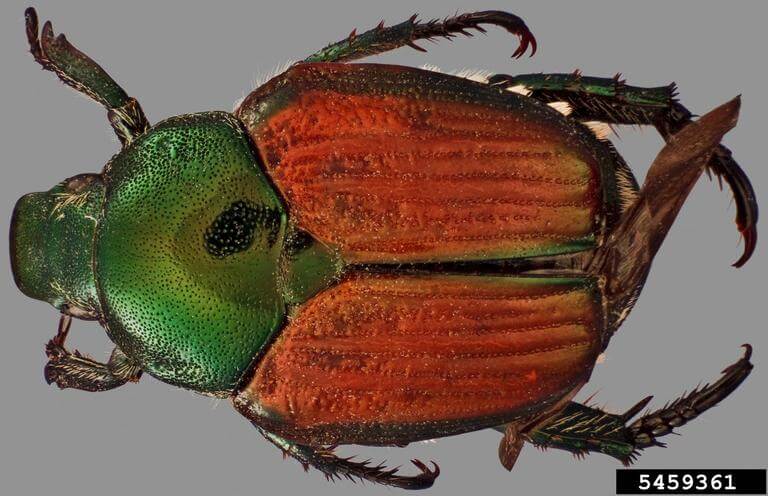
Japanese Beetle Soybean Pest Soybean Research Information Network Srin
